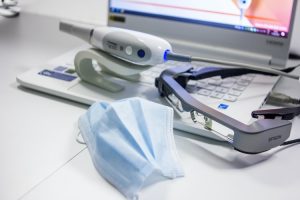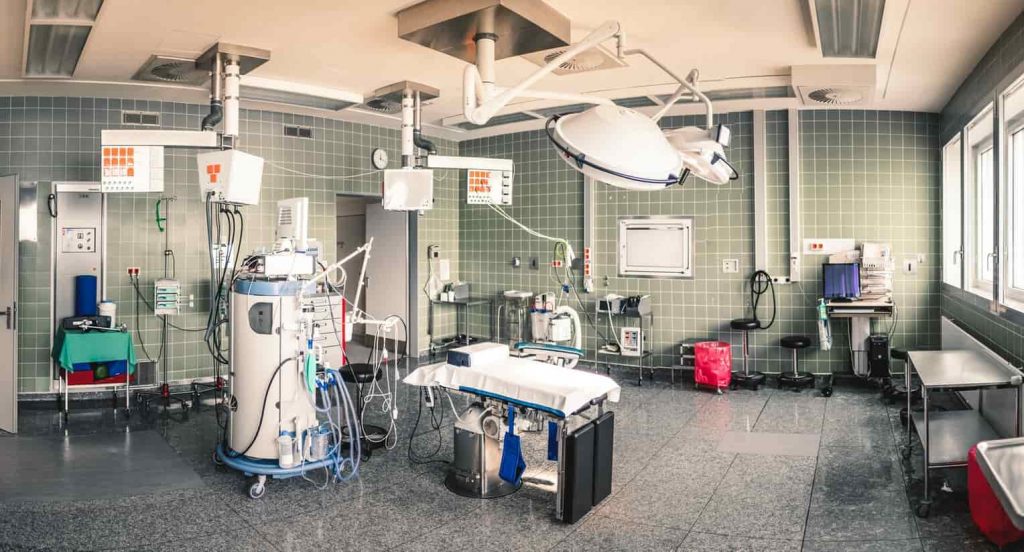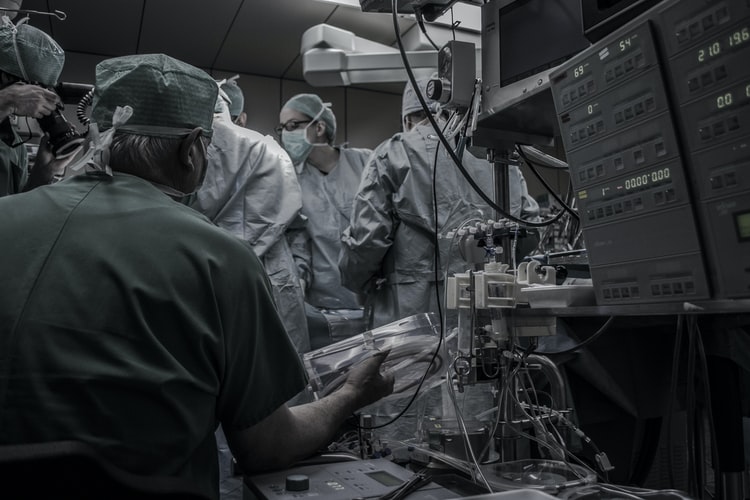3 Pioneering Surgical Technologies in 2021
Already, our new decade is beginning to make itself known as a time of remarkable technological advancement – both on the consumer side and the side of the most pivotal industries and sectors worldwide. The new surgical technologies and fine tools are the most fabulous creations of an innovative human mind.
And, while the medical sector has been rocked almost beyond recognition. Over the past year or so, it continues to keep a weather eye on the horizon and to pursue and implement technologies. These new experiments already prove the fundamental concepts and surgical technology’s continued advancement in the coming years and decades.
Read more about this advancement in the world of surgery below.
4 Pioneering Innovation Of Surgical Technologies In 2021
Humans love to experiment with new things. And these technological advancements of surgical technologies are the biggest example of why humans are the smartest living being. Here are the most striking four innovations of surgical technologies which are turning a dream into reality.
Contents
1. Artificial Intelligence:

The concept of artificial intelligence is no longer new – to any of us, whether we work in tech or not – but it does, for the most part, remain somewhat amorphous. Rather than representing one thing, or one collection of things, the term ‘artificial intelligence’ can be transformed into something almost unique depending on the situation and its demands.
While, for instance, consumer AI can be trained to fit in with day-to-day life. Artificial intelligence intended for the world of surgery can and, in some instances, already is – offer an invaluable complement throughout the stages of pre-operative planning, throughout the procedure, and during the post-op stages.
From its ability to sort through greater volumes of data than a human team could manage in months to its remarkable precision and reflexive capabilities, the sheer scope of AI’s applications within surgery promises a great deal for the discipline’s future – and for the lives of millions of patients around the world.
2. Three-Dimensional Printing:
Imagine the difference between planning an entire surgery armed with only a combination of experience-based and theoretical knowledge and planning a surgery while also being able to hold, feel and examine the patient’s affected organ in three dimensions. For centuries, the notion of being able to experience a surgery prior to the moment the patient arrives within the OR has been, all at once, both idealistic and impossible.
These days, the use of advanced 3D scanning and printing technology is, however, beginning to change things – and these surgical technology developments promise an entirely new experience for surgeons and a new future for the entire discipline.
Implementing 3D printing is, however, not without its difficulties. Necessitating a much higher cost, insurers, hospitals, and patients will require time and further technological improvement before this technology becomes as widespread as it ought to be.
3. The Self-Retaining Retractor:

It is a testament to the remarkable work innovators continues to pour into every aspect of the surgical experience that even seemingly small changes – changes that fit, even, within the surgical tray – can have a monumental, transformative impact on the entire surgical discipline.
The self-retaining surgical retractor by June Medical offers a prime example of this. The advancements it makes on its predecessors – namely, the Lonestar Retractor – offer surgeons a level of freedom that has so far been out of reach throughout the history of modern surgery.
From enabling surgeons to make adjustments to retention one-handed, which accordingly shrinks the demand for additional personnel within the operating room- to shine a light on those most difficult to reach areas. The latest developments for the surgical technologies retractors offer a new level of safety and assurance to surgeons and their patients alike.
4. Robotics:

Robotics and robotic hands are the evaluation of surgical technologies. Surgical robots still do not perform the entire process without the doctors and nurses. But we can expect one day that robots are looking after the whole surgery process. The robot’s hands are attached to an operator. And these operators are supervised by the surgeons.
After the pandemic breakout in many hospitals, robot nurses are starting to replace humans. Because as in most hospitals, we are more focusing on maintaining the social distancing protocol. The robot contamination ratio is very low as the hospitals are specially sanitizing all the robots during duty hours.
For the simple types of surgery, robots are the most effective. It is going to decrease hospital costs. And no chances of human error. The surgeon-operated robot hands work more precisely and perfectly. This is why most hospitals are investing in an artificial intelligence MBA program to gain knowledge in robotics and AI-based tools.
Conclusion:
The surgical technologies developments and science are still progressing, and we can expect more technological advancements in the surgery field. And these four invitations are bringing the evaluation to the surgery and medical department. The hospitals and the medical departments are changing their needs to provide better services to their patients. We expect more developments in surgical technology within a few years.
Read Also:
- How is video conferencing benefit the healthcare industry?
- Understanding the Significance of Laser Treatment for Cataracts



